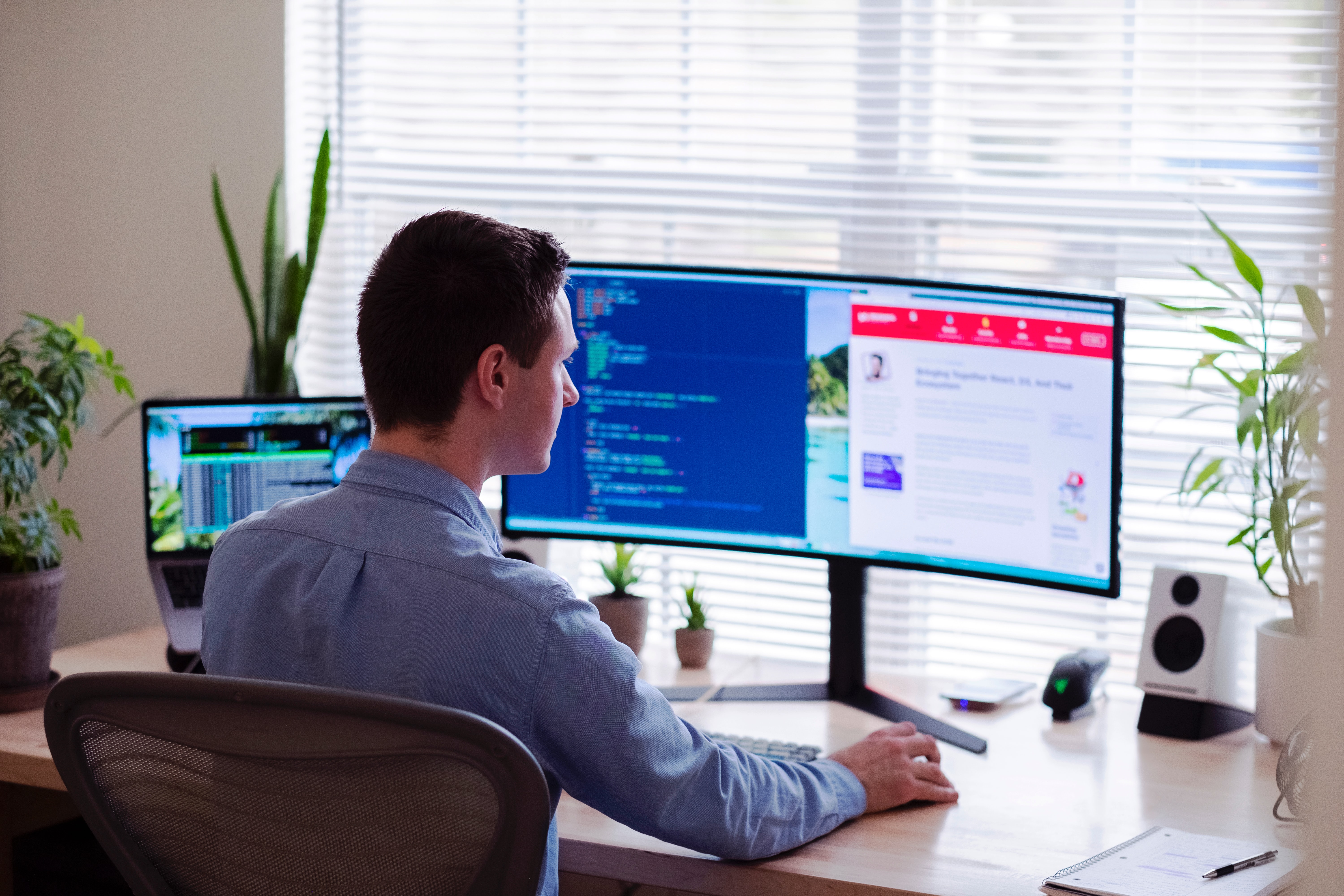What is Virtual Desktop Infrastructure?
Virtual desktop infrastructure (VDI) is a technology that refers to the provision and management of virtual desktops using virtual machines. On a centralised server, VDI hosts desktop environments and deploys them on request to end-users.
For Enquiry

Virtual desktop infrastructure could be persistent or non-persistent.
- A user connects to the same desktop each time with persistent VDI. Also, users are able to configure the desktop for their needs, as modifications are saved even after the connexion is reset. Meaning that desktops behave exactly like a personal physical desktop in a persistent VDI environment.
- Users connect to generic desktops and no changes are saved in a non-persistent VDI. It is simple and cost-effective, as there is no need to maintain customised desktops between sessions. Non-persistent VDI is mostly used in organisations with a lot of task staff or employees who perform a small range of routine tasks and don’t need a personalised desktop.
Why do you need a Virtual Desktop Infrastructure (VDI)?
A variety of benefits are provided by VDI, such as user versatility, ease of access, flexibility and greater security. In the past, its high-performance requirements made it expensive and difficult to install on legacy systems, which posed an obstacle for many companies. However, the increase in hyper-converged infrastructure (HCI) enterprise adoption offers a solution that provides scalability and high efficiency at a lower cost.
Since the deployment of virtual desktops is easier using VDI and to update from a centralised location, a growing number of businesses are adopting it for remote users. Thus, making it efficient to enforce remote workforce.
When it comes to BYOD, VDI is an ideal solution for environments that encourage or enable workers to use their own devices. VDI enables the use of a broader variety of devices as processing is performed on a centralised server. Since data resides on the server and is not stored on the end client computer, it also provides enhanced protection.

Non-persistent VDI is especially well suited to organisations such as call centres that have a large number of workers who perform limited tasks using the same programme.
What are the benefits of Virtual Desktop Infrastructure?
Some of the benefits of Virtual Desktop Infrastructure are as follows;
Simplified remote connectivity
Virtual Desktop Infrastructure users can connect to their virtual machines from any part of the world. They can access the files and documents remotely as and when needed. Thus, making the remote workforce simplified and possible.
Low IT and hardware costs
Users may access their virtual desktops from thin clients, or laptops, thereby reducing the need for IT to buy new and costly hardware. Thus, leading to low IT costs and fewer hardware requirements.
Data security
As the data is purely located on the server and not on the user’s device in a VDI environment, it enhances data protection. It wouldn’t make a difference if the user device is compromised in such circumstances.
Centralization
Virtual Desktop Infrastructure centralization makes it easier for IT to patch, upgrade or configure all of the virtual desktops in a system.
Teceze Virtual Desktop Infrastructure - Digital Workspace

As a digital workspace is more of an application-driven interactive workspace. It is important to have safe and easy access to various kinds of applications, including those virtualized through a VDI OS image. A secure, cost-effective VDI solution helps scale key apps and services to the increasingly mobile and remote teams of today. It offers a seamless experience across devices, PCs, laptops, smartphones and also thin clients, offering a high degree of independence in how they function for employees and contractors. It enables workflows that are more structured. This configuration allows employees, without needing any special hardware, to securely access anything they need from virtually any computer. If all the supporting infrastructure is working as expected, the OS and the applications and data on it can be handled by the user as if they were running locally using a VDI solution from their endpoint. In addition to the rising continuum of cloud, web and mobile applications which are essential to modern workflows, virtual desktops can also be run and managed, enhanced by solutions for easy single sign-on (SSO) and safe remote access. This leads to increased productivity as the users get a unified experience and therefore, eliminating the window for unauthenticated logins. VDI solution provides better security for the employees in digital workspace. Due to the rising amount of data breaches every year, centralization and isolation of VDI could be significantly vital in a multi-layered security posture.
Wanting to function better?
Our Virtual desktop infrastructure specialists are ready to answer questions about your product or show you a live demo and give free quotes.
Call Us Today for FREE Consultations
For Businesses, there are endless benefits to using a Remote Desktop
